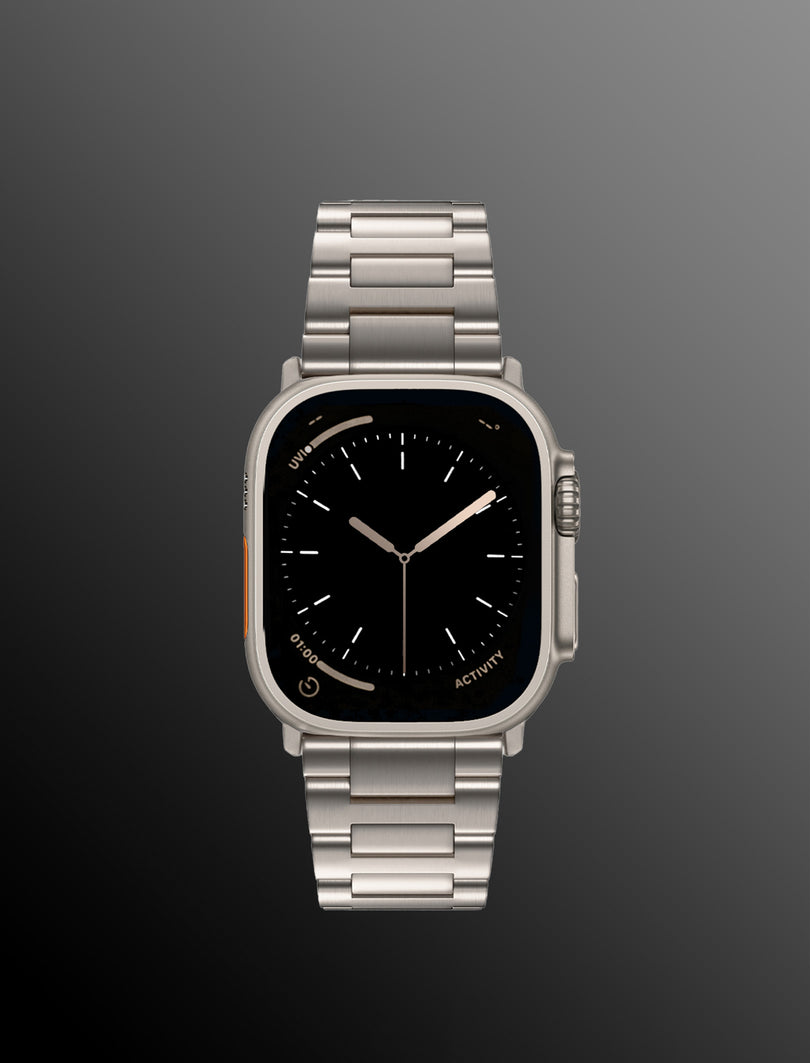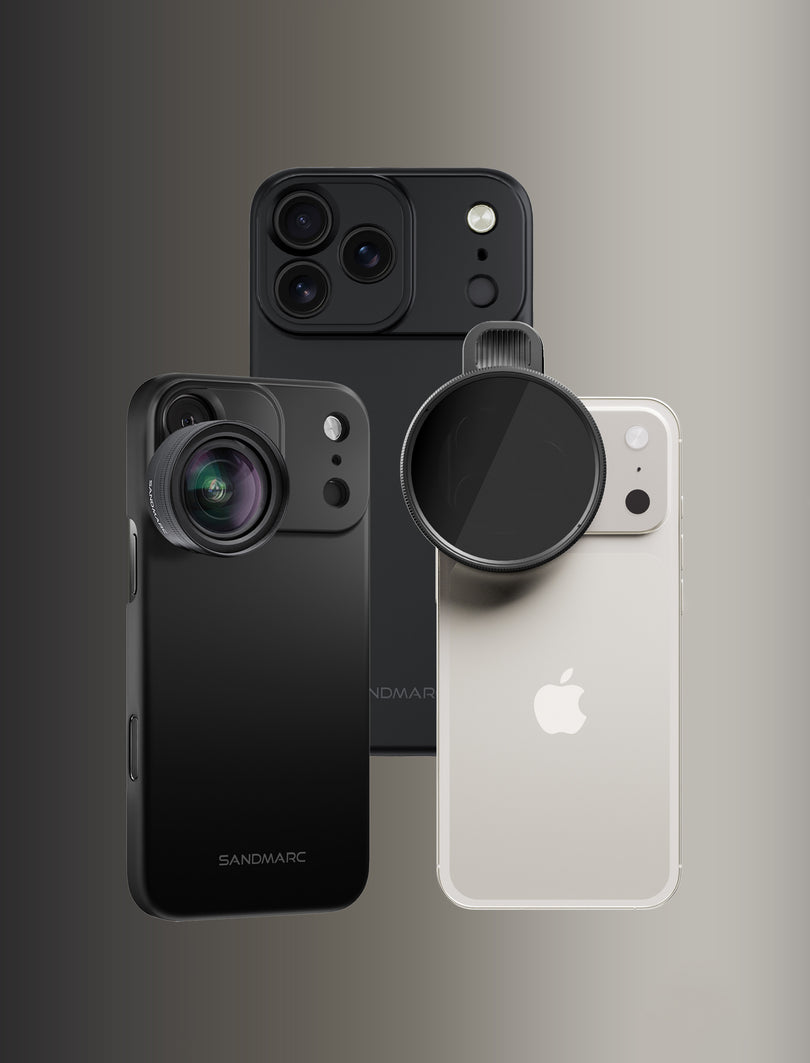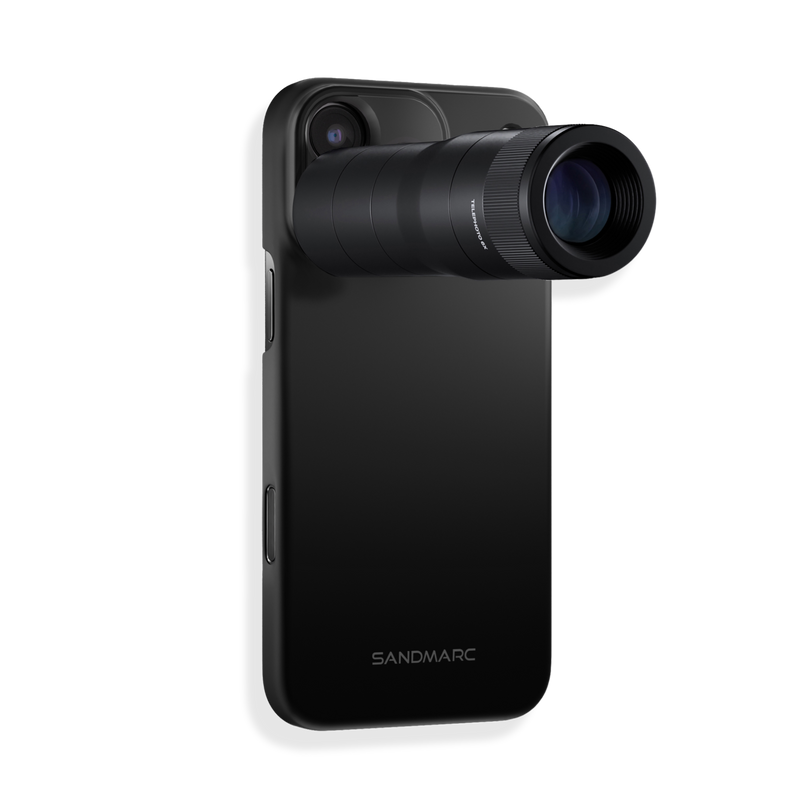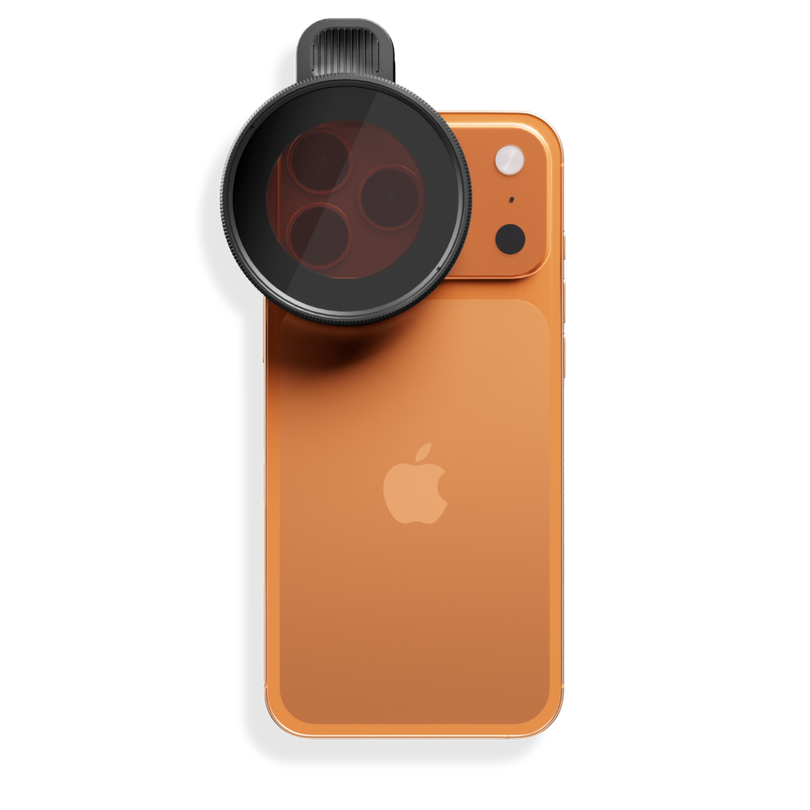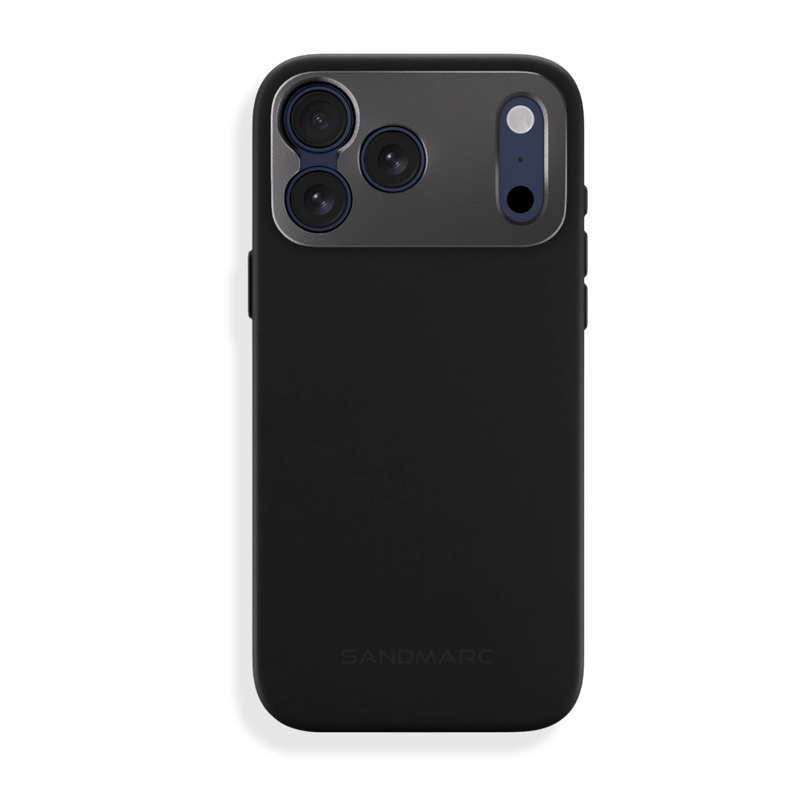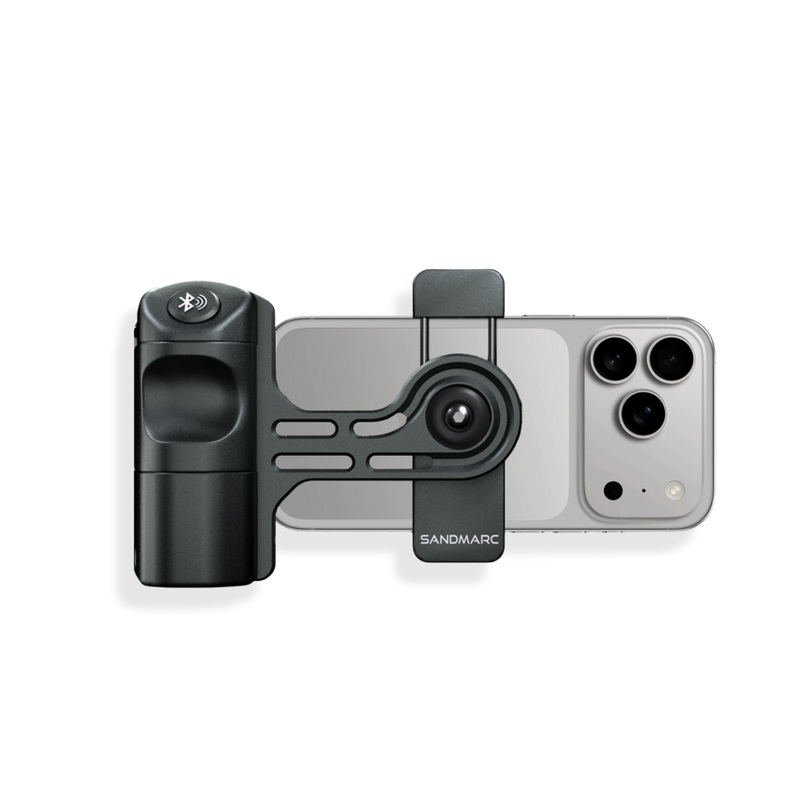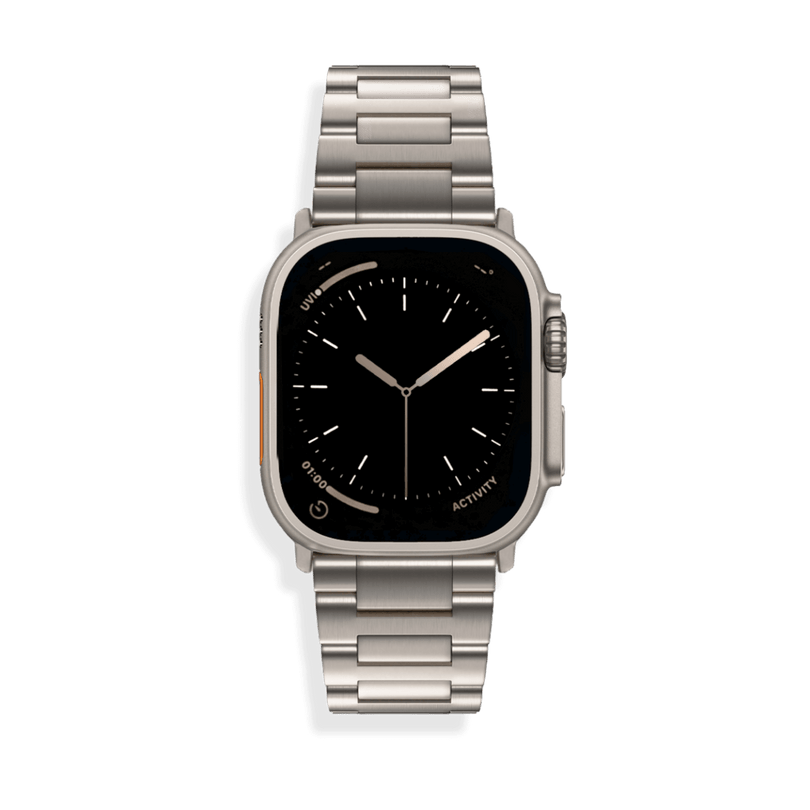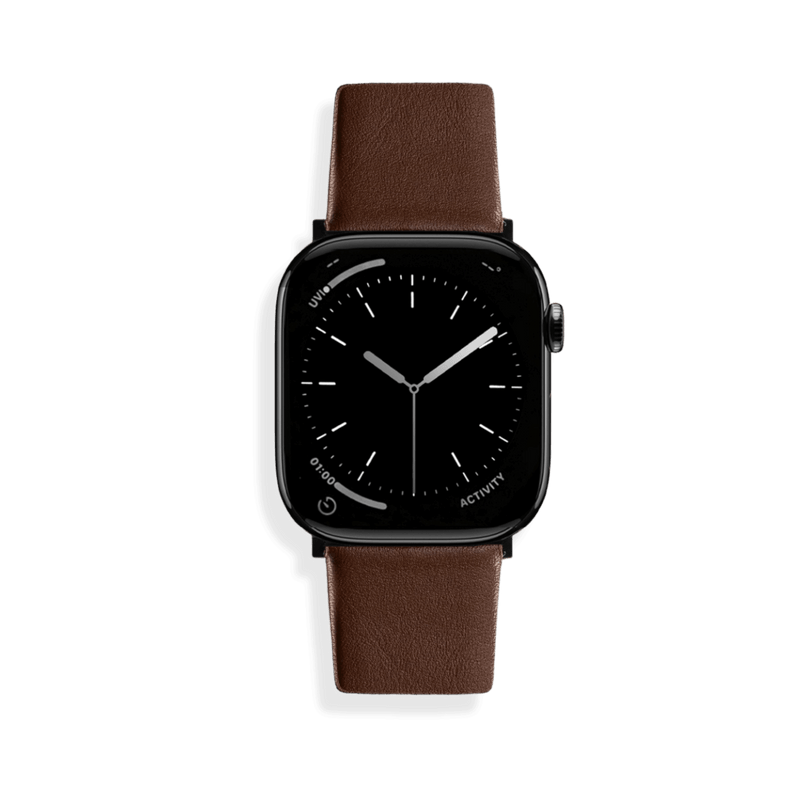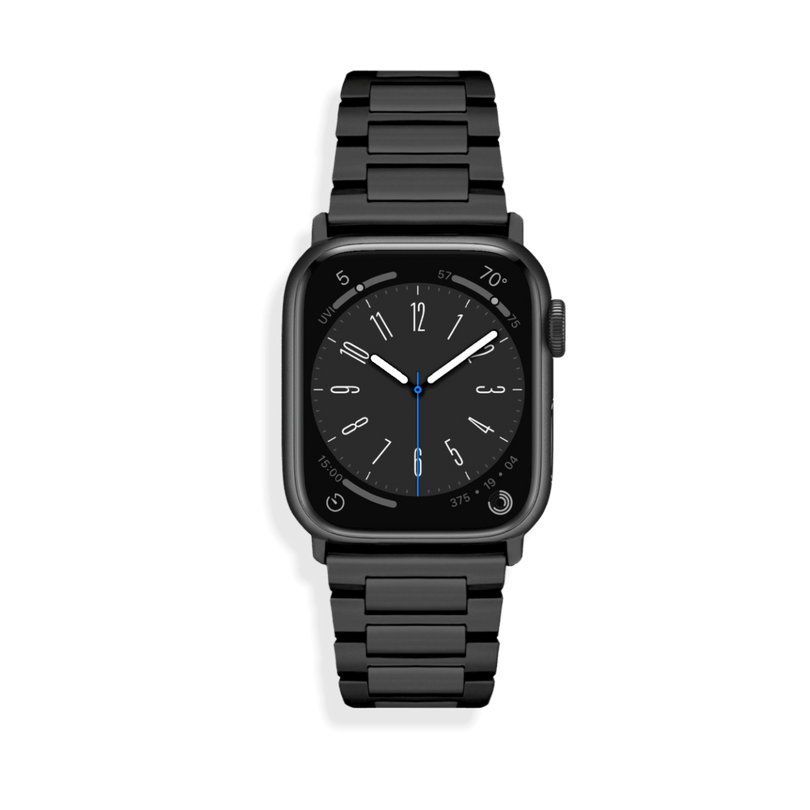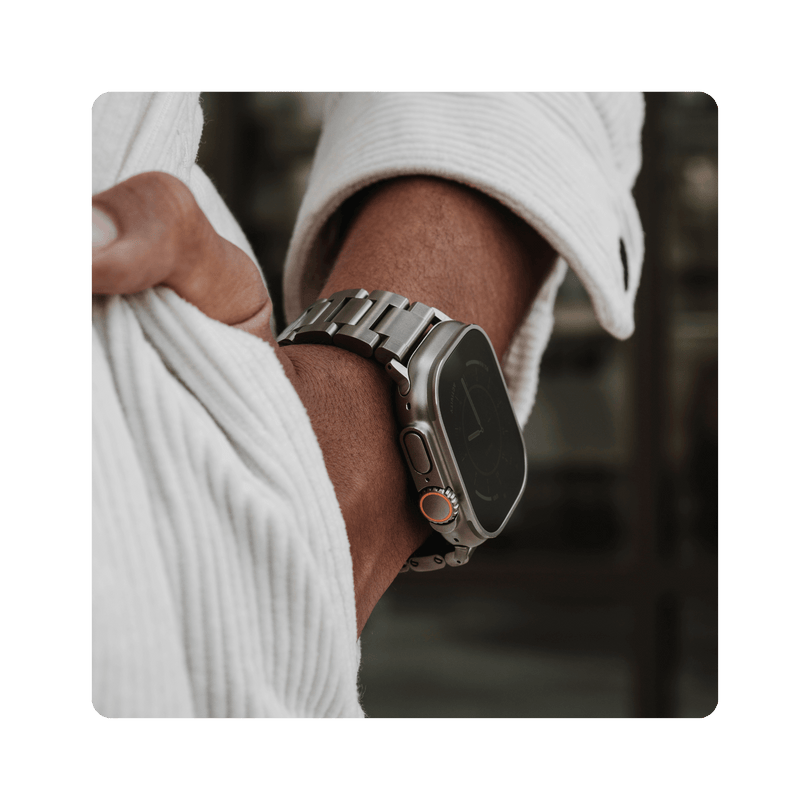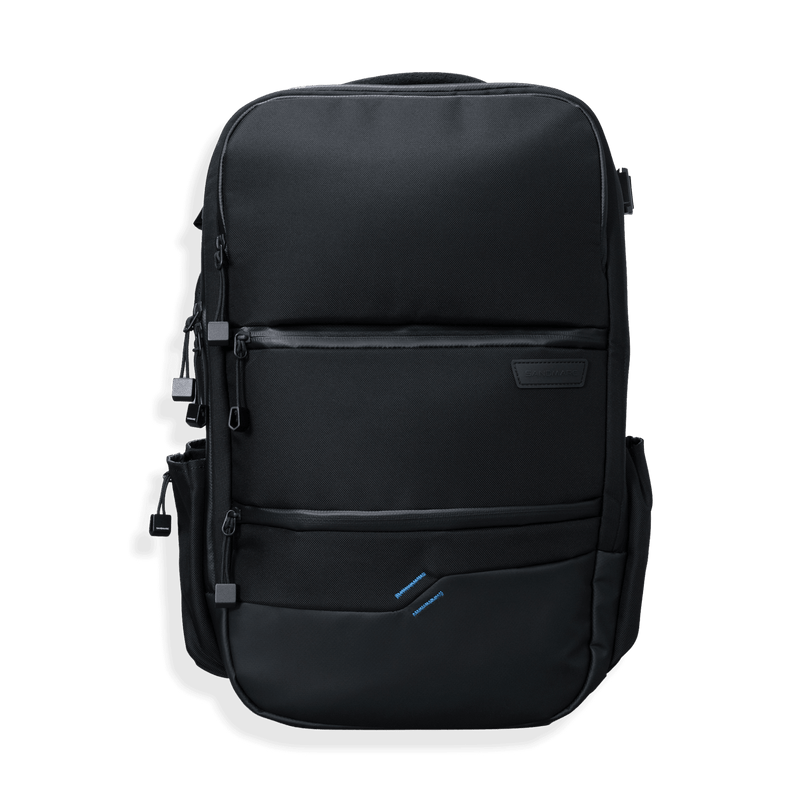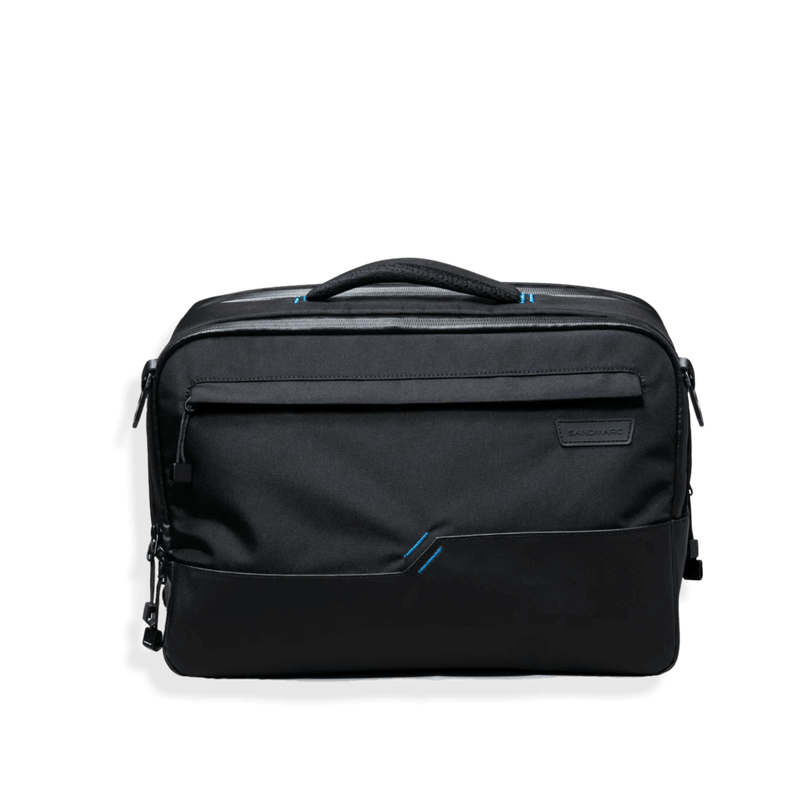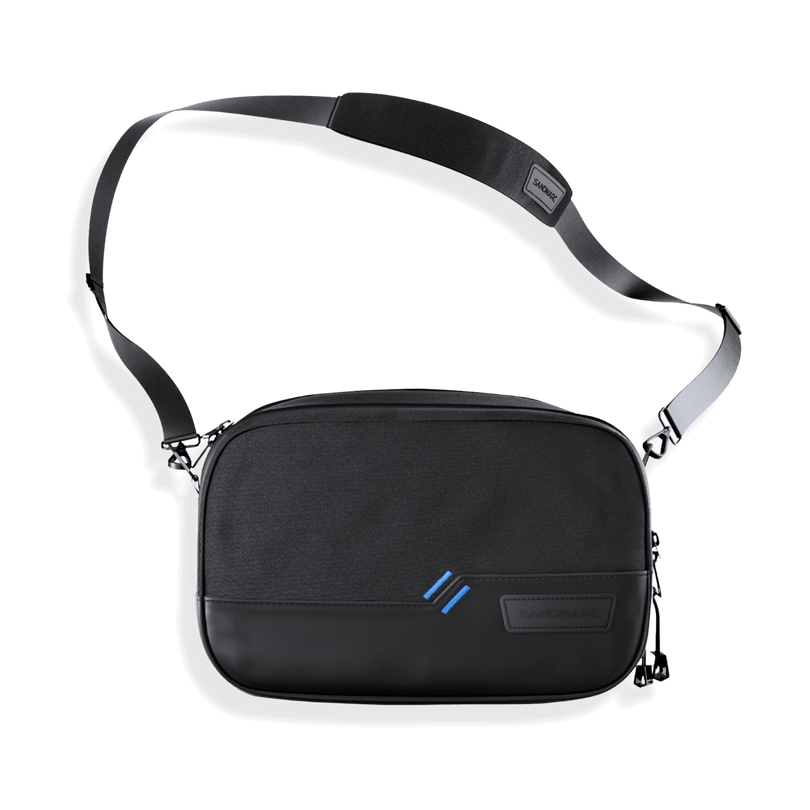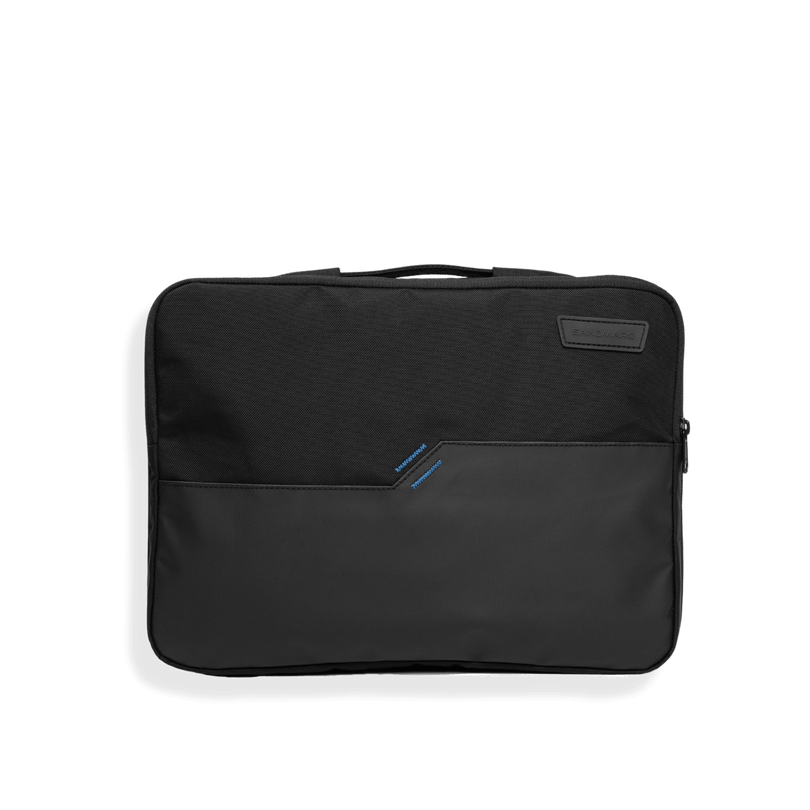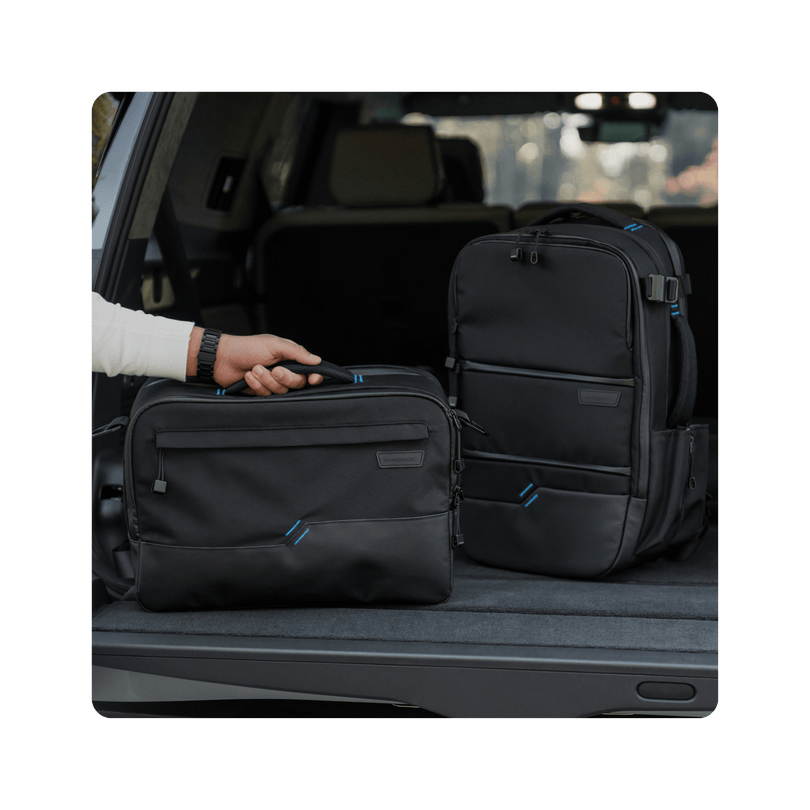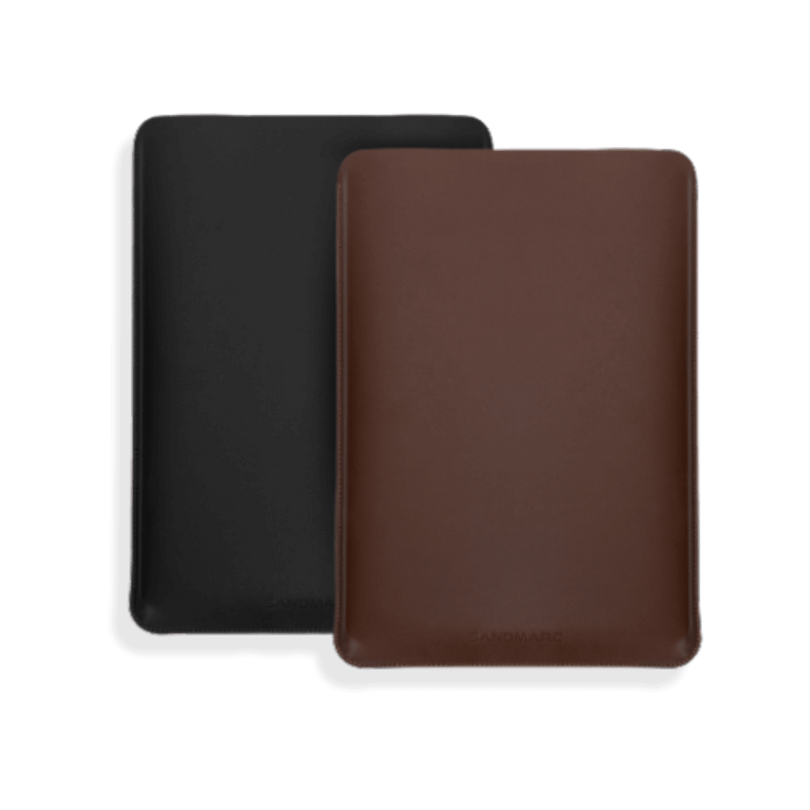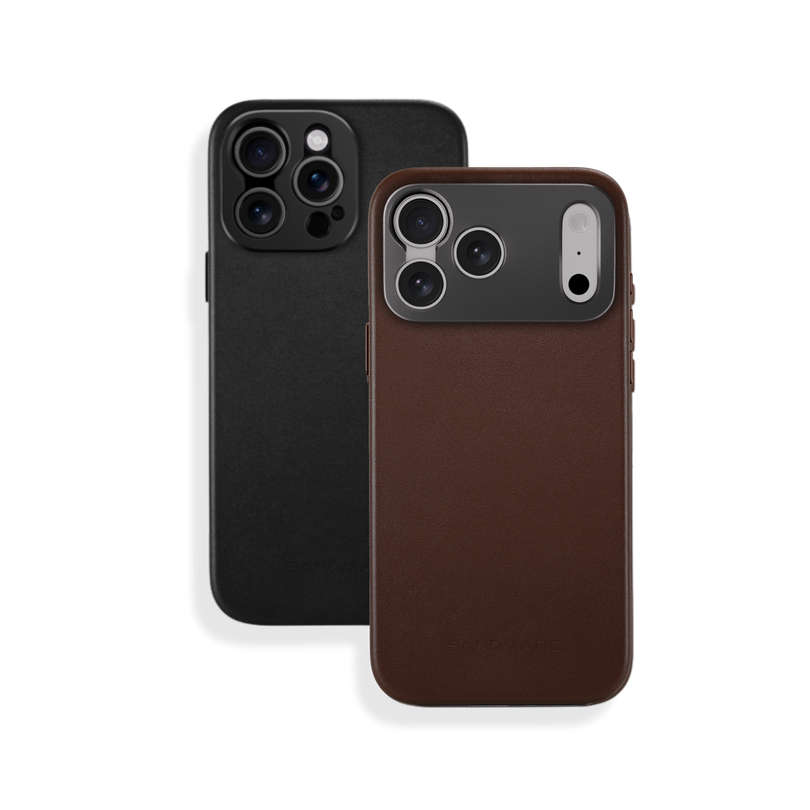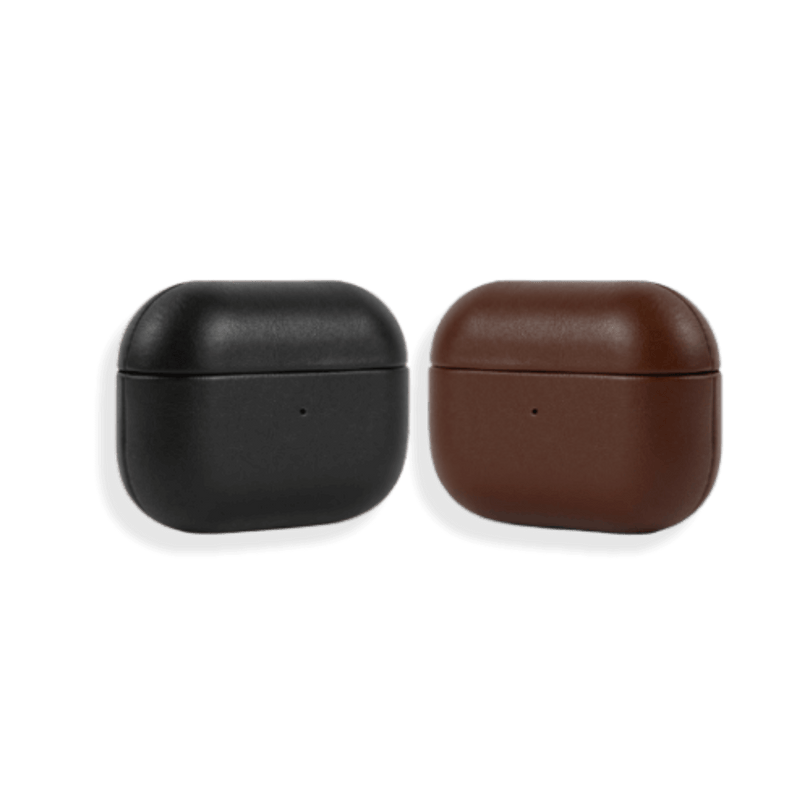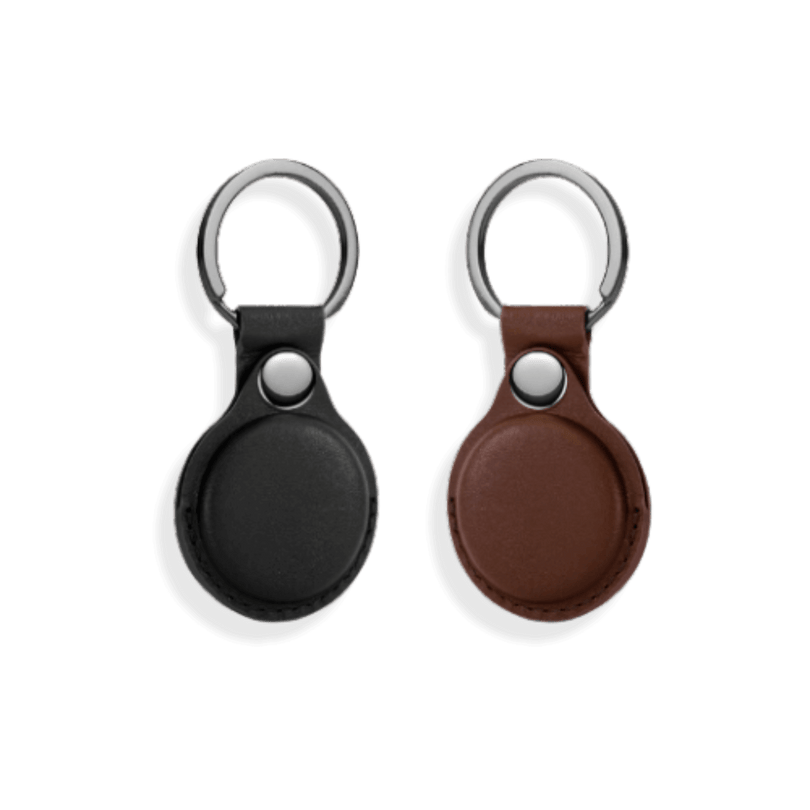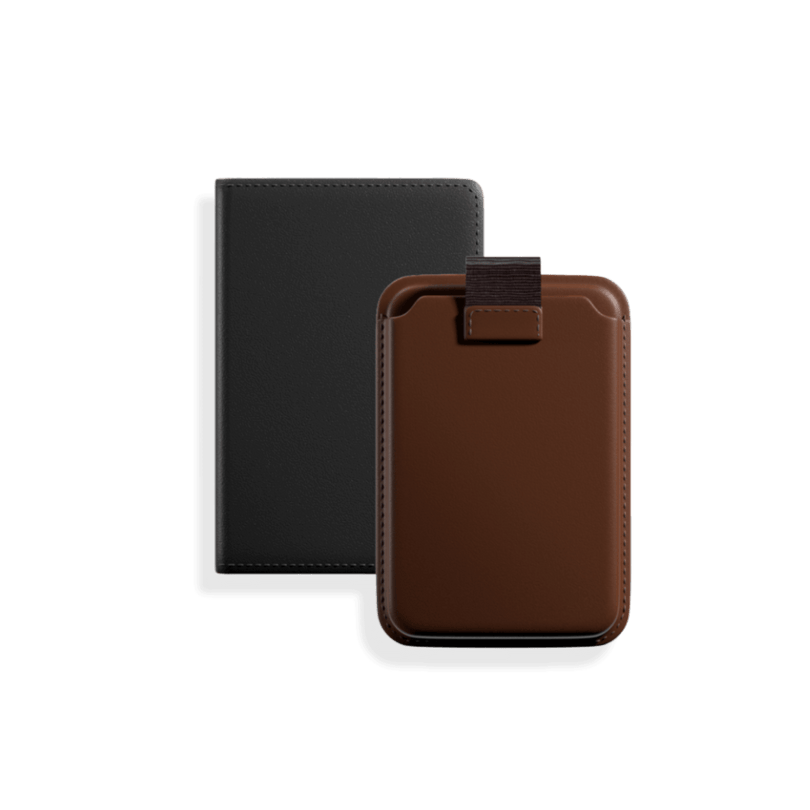Wildlife Photography for Beginners
What is Wildlife Photography?
Wildlife photography gives photographers the opportunity to document wildlife in their natural habitat. Any mammal, bird, amphibian, or reptile can fall under the category of wildlife photography.
This form of photography takes a lot of patience, you can’t tell an animal how to pose. They can be hard models to work with since you don’t know when they’ll show up and for how long. Although difficult, it can be rewarding and fun when you capture nature in all its glory. If you’re looking to get started in wildlife photography, here are some tips for any beginner.
This form of photography takes a lot of patience, you can’t tell an animal how to pose. They can be hard models to work with since you don’t know when they’ll show up and for how long. Although difficult, it can be rewarding and fun when you capture nature in all its glory. If you’re looking to get started in wildlife photography, here are some tips for any beginner.

Shot on iPhone with
SANDMARC Telephoto 6x Lens

Shot on iPhone with
SANDMARC Telephoto 6x Lens
Before You Get Started: “Leave No Trace”
It’s important to remember that when shooting wildlife photography we are guests entering an animal’s home. Leave no trace is a phrase used when exploring outdoors as a way to preserve it. Two simple principles to remember when shooting are, to leave no trash and to stay on the trails. By leaving no trash we are keeping the environment clean,and protecting the wildlife from possibly digesting it. Staying on the trails is important in maintaining the land, foliage and waterways. There are five more main principles to follow when exploring the outdoors that can be found here.
The Equipment: Going the Distance
When shooting wildlife many national parks require you to stay 25 yards away from smaller or less harmful animals, and 100 yards away from predators like wolves and bears. Even if you decide to go to your local zoo, you will have the obstacle of the fencing to work with. With this in mind, it’s important to have a camera that can capture shots of animals in far distance, while maintaining a crisp image.
We recommend shooting with a telephoto lens with 6x optical zoom or more. If you are shooting with your iPhone we recommend the SANDMARC Telephoto 6x Optical Lens. Easily attach the lens to your iPhone and go from digital zoom to optical zoom within seconds.


Before
Shot on iPhone

After
Shot on iPhone +
SANDMARC Telephoto 6x Lens
SANDMARC Telephoto 6x Lens
Research: Get to Know the Wildlife
It’s important to be aware of the type of wildlife that inhabit the location you are taking photos at. Figure out what animals you hope to see and once you figure that out, ask yourself these three questions below:
- What time of day are they most active? There may be a specific time of day that they are more active, like the morning or night. This is important to know so that you are able to get a good picture of the animal when they are most active.
- Where are they seen most often? Are they near rivers, up in the trees, or seen wandering through open fields. You will want to position yourself where they are most commonly found.
- What is their behavior like? What do they do when they feel threatened? How close is too close to them? What would promote aggressive behavior? To be assured of your safety you need to know what not to do. Remember you are a visitor in the animal’s home. When you get a better idea of the wildlife in your location you'll know what animals to research. As an example, here is a video of what to do if you encounter a bear:
Photoshoot Day: Patience is Key
As previously mentioned animals can be the hardest models to work with. You never know what they will do next. Will they choose to sleep and not be active, or decide to stay in the same position for an hour giving you no angles to work with?
As much as you plan and envision the perfect photo, animals will do what they want, when they want. It is not rare for a photographer to wait hours, and then something unexpected happens, giving them the perfect shot.
A great example of unexpected shots are the photos that get submitted to the Comedy Wildlife Photography Awards. The Comedy Wildlife Photography Awards honors humorous moments of wildlife captured through a photographer's lens.
As much as you plan and envision the perfect photo, animals will do what they want, when they want. It is not rare for a photographer to wait hours, and then something unexpected happens, giving them the perfect shot.
A great example of unexpected shots are the photos that get submitted to the Comedy Wildlife Photography Awards. The Comedy Wildlife Photography Awards honors humorous moments of wildlife captured through a photographer's lens.
Wildlife photography can be rewarding since it gives you an opportunity to be in nature and experience wildlife in a new way. With the correct lens, good research and a lot of patience you will begin to capture some of your favorite wildlife photographs.

